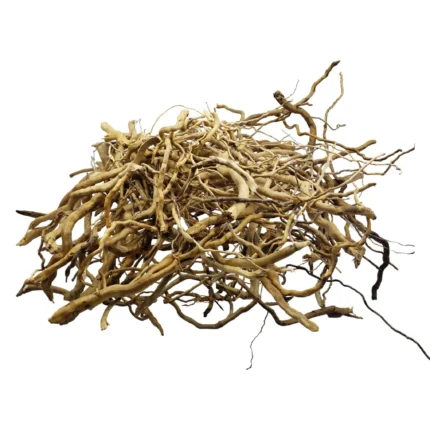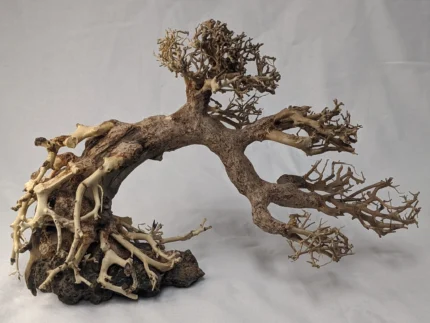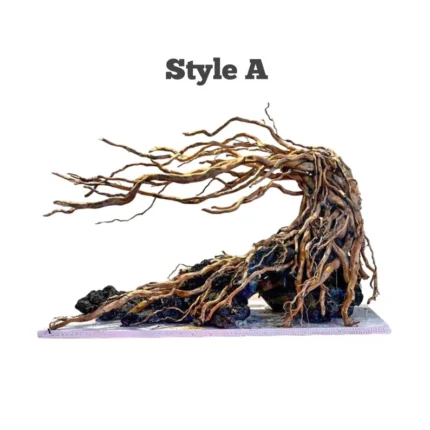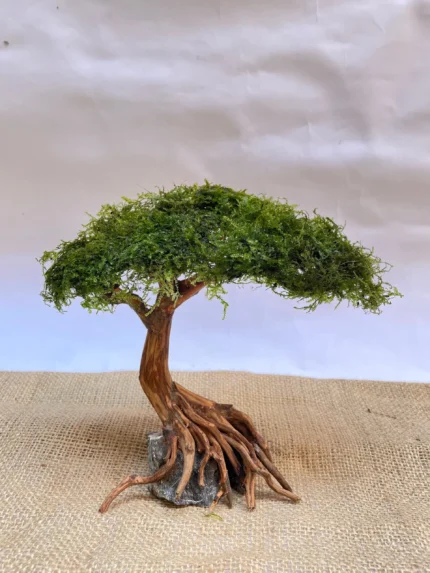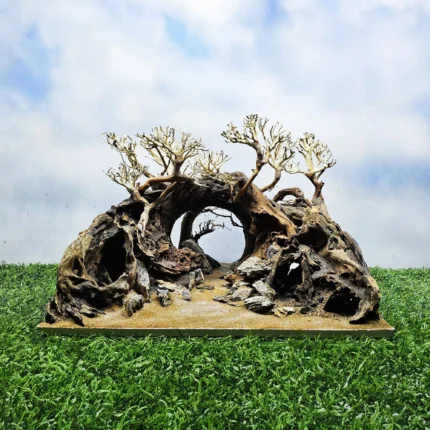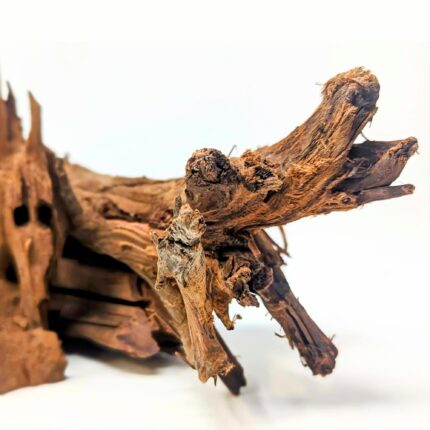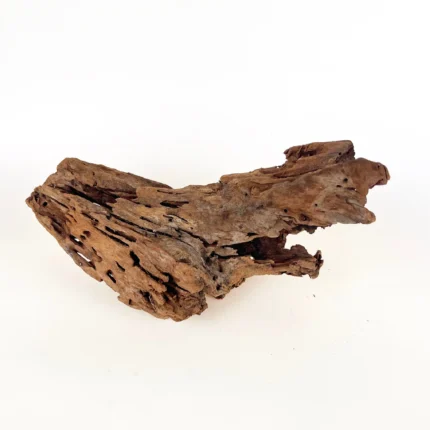Aquarium Hardscape
Create a stunning underwater landscape with our premium aquarium hardscape materials. From natural driftwood to rugged rocks, Terrarium Wolf provides everything you need to build a beautiful and balanced aquascape.
Showing all 7 results
Terrarium Hardscape Guide: Everything You Need to Know
Designing a stunning and sustainable terrarium isn’t just about choosing the right plants — it all begins with the terrarium hardscape.What Is Terrarium Hardscape?
Terrarium hardscape refers to the non-living, structural elements used to design the base and layout of a terrarium. These can include rocks, wood, gravel, accessories and decorative substrates that create a natural landscape or aesthetic base for your plants and micro-fauna.
Why Is Hardscape Important in a Terrarium?
Hardscape provides both form and function:
-
It defines the layout and visual appeal.
-
Creates microclimates for plants.
-
Supports root growth.
-
Helps with water flow and drainage.
Without it, your terrarium may lack structure and environmental balance.
What Materials Are Used in Terrarium Hardscape?
Common hardscape materials include:
-
Rocks (lava rock, dragon stone, slate, quartz)
-
Wood (spider wood, driftwood, mopani)
-
Gravel & Pebbles
-
Cork Bark & Tree Roots
-
Clay and Ceramic Pieces
Are Aquarium Hardscape Materials Safe for Terrariums?
Generally, yes. Many hardscape elements used in aquascaping (like Seiryu stone or spider wood) are also popular in terrariums. Just ensure:
-
They’re clean and chemical-free.
-
There’s no sharp or toxic residue.
Can Beginners Create Their Own Terrarium Hardscape?
Absolutely! Start with a simple layout using a few rocks and one piece of driftwood. Focus on balance and asymmetry — nature is rarely perfectly symmetrical.
How to Build a Terrarium Hardscape (Step-by-Step)
-
Start with a drainage layer (e.g., LECA or gravel).
-
Add a mesh or barrier to separate soil from drainage.
-
Layer substrate/soil on top.
-
Insert your rocks and wood first to set structure.
-
Add plants and decorative moss around the hardscape.
What Are Some Terrarium Hardscape Design Ideas?
-
Mountain Scene: Use tall rocks as peaks.
-
Jungle Roots: Spider wood twisted like tree roots.
-
Zen Garden: Minimal rocks with sand and moss.
-
Mini Canyon: Carve deep layers with slate.
How to Maintain and Clean Hardscape
-
Remove any visible mold or algae.
-
Soak wood in boiling water before use to prevent fungal growth.
-
Avoid harsh chemicals — clean with vinegar or hot water.
Can You Reuse Hardscape Materials?
Yes! Just be sure to:
-
Soak or boil rocks and wood before reusing.
-
Remove any plant debris or fungal spore
More Frequently Asked Questions
1. Can you build a terrarium hardscape without soil?
Yes, especially for decorative or dry setups. Use sand, gravel, and sealed rocks.
2. How do you secure hardscape in a vertical terrarium?
Use aquarium-safe silicone, anchor with gravel, or wedge elements into the structure.
3. What’s the best glue for terrarium hardscape?
100% silicone sealant or hot glue (non-toxic after curing) works well.
4. How to stop your terrarium hardscape from collapsing?
Create a stable base with heavier elements and wedge items tightly. Avoid steep angles.
5. What’s the average cost of terrarium hardscape setup?
Expect to spend anywhere from $20 to $100+ depending on the materials and scale.
Final Thoughts
A great terrarium hardscape isn’t just functional — it’s the foundation of your entire miniature ecosystem. Whether you're crafting a mossy jungle, a rocky mountain, or a tropical hideaway, your hardscape defines the vibe.
Want to start building your own terrarium today? Explore our live moss terrarium
